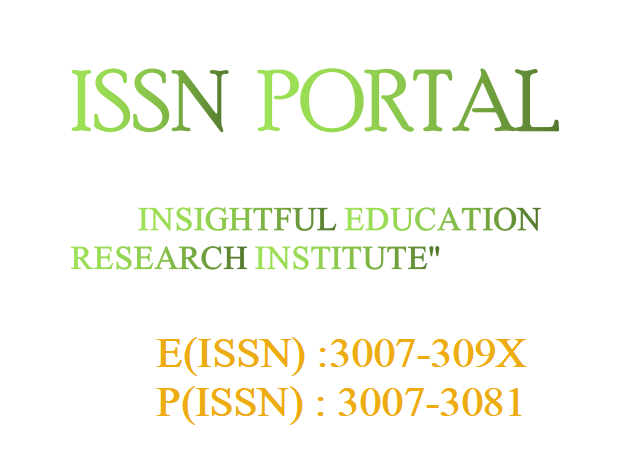DIETARY AFLATOXIN AS A SOURSE OF CARCINOGENIC RISK IN HUMANS: A CASE CONTROL STUDY
DOI:
https://doi.org/10.62019/zr5bfq32Keywords:
Aflatoxin, , Aflatoxin B1 (AFB1), Aspergilli species, Mycotoxins, Unprocessed milkAbstract
Introduction: Hepatocellular carcinoma (HCC), the most common liver malignancy, is the third leading cause of cancer death worldwide. Chronic liver dysfunction is associated with an increased risk of HCC in 90% of patients. Foods including cereals, dried fruit juice, and spices frequently include aflatoxins, which are secondary metabolites produced by naturally existing Aspergilli species. Aflatoxin is one of the environmental risk factors of hepatocellular cancer (HCC). There is a strong correlation between aflatoxins and HCC that aggravate the severity of disease and have poor prognosis.
Objectives: Objective of our study was to assess the presence of Aflatoxin in HCC patients.
Material and Methods: This analytical case control study was conducted at the Nuclear Institute of Medicine and Radiotherapy (NIMRA) in Jamshoro and the Asian Institute of Medical Sciences (AIMS) in Hyderabad, from January to December 2020.
Results: Our study had 218 subjects in total, 109 patients (77 male, 32 female) were diagnosed with HCC and 109 served as controls (78 male, 31 female), with mean age of 49.5 ± 11.5 year. Majority of the participants were belonging to poor class 67 (64%) cases and 74 (69%) controls. The frequency of HCC patients on Mycological Culture media positive for aflatoxin were positive in 80 patients (73.4%) and negative in 29 cases (26.6%), according to culture media. The socioeconomic status (SES) and the illness were shown to be significantly associated (p value <0.05). The frequency of Aflatoxin positive in patients with HCC on Mycological Culture media was 80 (73.4%) Patients and 29 (26.6%) were negative with Aflatoxin (p value 0.002). Milk drinking causes a statistically significant difference in the patient group's percentage of Aflatoxin B1ng/ml at a level of α < 0.05. There is statistically significant difference in the percentage of Aflatoxin B1 in the patient group at the significant level p value 0.001 due to unprocessed milk. There was statistically significant difference in the percentage of Aflatoxin B1 in the patient group at the significant level with p value 0.031 due to consumption of Raw uncooked Food. There is statistically significant difference in the percentage of Aflatoxin B1 in the patient group at the significant level p value 0.006 due to Processed Packaging Food.
Conclusion: Our study concluded that HCC patients exposed to AFB1 there is a high risk of Aflatoxin formation in the liver, which leads to a poor prognosis, but this can be avoided by reducing the intake of foods contaminated with AFB1. Therefore, preventive strategies to control these toxins should be used. In particular, it is useful for the appropriate treatment and preparation of general foods for high-risk patients.







